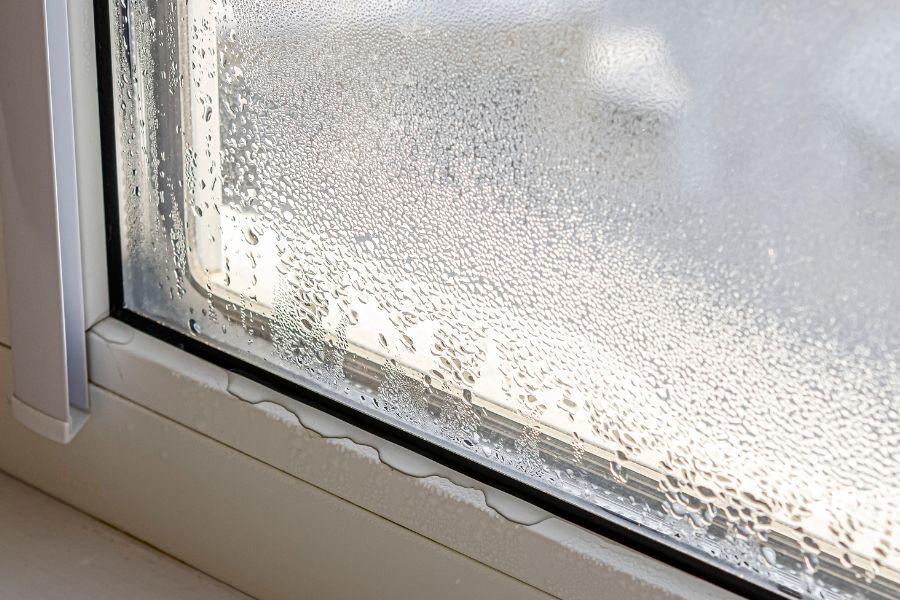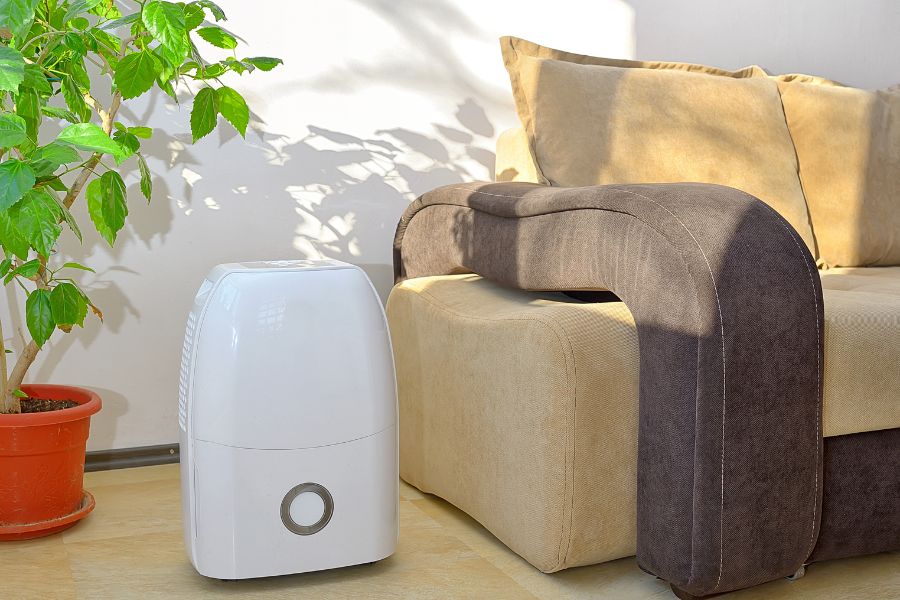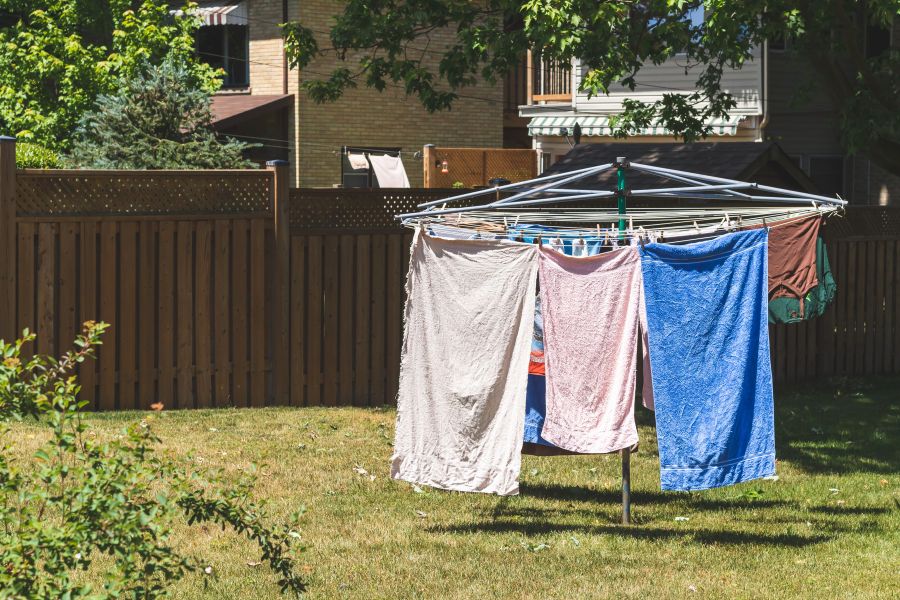Energy saving advice
How to stop condensation on your windows overnight
18 Dec 2023 • 6 minutes

Energy saving advice
18 Dec 2023 • 6 minutes

Movies let us believe that condensation on your windows is the sign of a good time, but like most things we see in the movies it’s not a true reflection of reality.
In fact, if you’re getting condensation on your windows regularly then it could lead to the growth of mould and damp, which really is the opposite of a good time.
Fortunately for you, we’re writing the script on this one and giving you all the information you need to take a lead role on finding long-term solutions on removing condensation from your windows.
When moisture-packed warm air comes into contact with a chilly surface, it cools down quickly and releases water, which turns into liquid droplets known as condensation.
It’s most common in winter when you see water collect on windows, doors, walls and generally any unventilated spaces. You’ll also find it in rooms with high humidity, like your kitchen or bathroom.
Condensation is most common in winter because temperature will be lower outside, meaning that when you put on your heating to make the inside warmer areas such as your windows will collect droplets of water as the moisture in the warm air hits the cold surface.
Those droplets are what is known as “dew point”, which is where the moisture in the warm air merges with the cold on your window to create condensation.

Realistically, condensation won’t damage your window. The biggest problem with condensation is that when it’s left to fester it will build as mould and can cause longer lasting damage around the window frame.
Much like any mould that will build in your home, over time it can cause problems with breathing and other aspects of your physical health so it’s really something you should keep on top of.
You can buy various mould removing sprays and gels from your local hardware store. If you’re looking to remove mould from your home then you can take a look at our advice on how to get rid of mould.
There are 4 common reasons that condensation is likely to appear on windows are:
As we mentioned, this is likely to happen on any kind of window. However, you’ll find that condensation is most likely to affect single-glazed windows rather than double-glazed windows. This is because double glazing has a gap of air between the two panes of glass which work as a thermal barrier from the cosy inside to the cold outside.
Single glazing, as the name suggests, only has one pane of glass meaning it doesn’t have the same thermal barrier to protect it from the cold, which means condensation is more likely as it’s more susceptible to the colder weather.
As we’ve already touched on, the most effective way to help condensation is to manage the level of humidity and ventilation in your home. In this section we’ll point you in the direction of ways you can achieve this, along with some other handy tips to help improve condensation on your windows.
In some cases, preventing condensation can save money and energy, too!
You’ll see an improvement in the amount of condensation you have on your windows by making sure that your home is properly ventilated.
Simple things like opening your windows when you’ve had a shower or bath, when you’re cooking or washing and drying clothes can make a big difference. If you have ventilation fans then they can also help keep condensation to a minimum

One way you can ensure that you have less condensation is buying a dehumidifier.
Dehumidifiers are electric appliances that remove the moisture out of indoor air, which can help stop things like condensation and damp. Another big advantage of purchasing a dehumidifier is that it cleans the air so you’re less likely to be breathing in things like dust mites or other unwanted things that can lead to allergies.
We’re all guilty of reaching for the heating dial to suit our needs, particularly in the winter, which is more likely to cause condensation on your windows.
One of the best things you can do is maintain a constant temperature to avoid the risk of more condensation. If you’re interested in knowing what the ideal temperature around your home should be, you can take a look at our blog which should give you some guidance around what may work best for you.

Drying your clothes inside without ventilation will cause more condensation. This is because your clothes will bring more moisture into the air.
One obvious way is to use a well ventilated tumble dryer, or of course by drying your clothes outside. We realise that this isn’t always possible, so the trick is just to ensure that you keep well ventilated so that the air can escape naturally rather than gather on your windows and other surfaces.
If your windows, walls or surfaces get too much condensation you’ll find that this can lead to damp. It’s a bit of a vicious cycle because the damp will increase the humidity in your home, the humidity will increase the chance of condensation.
So the best way is to fix damp problems before they get too serious in order to avoid too much condensation gathering. If you’re experiencing black mould then you can read our advice on how to get rid of black mould, which should give you all the information you need.
The biggest trick to avoiding condensation in your home is to ensure that everything is in working order.
From the seal on your windows to your heating system, you need to make sure that everything works so that air is able to ventilate in the way it should to avoid water gathering in avoidable places which can lead to more serious problems.
One way of achieving this is by looking into boiler cover, which can give you peace of mind should you require any repairs to your heating system from £9 a month.
Our help & advice articles cover Plumbing, Home heating, Electrical, Energy-saving and Home maintenance.